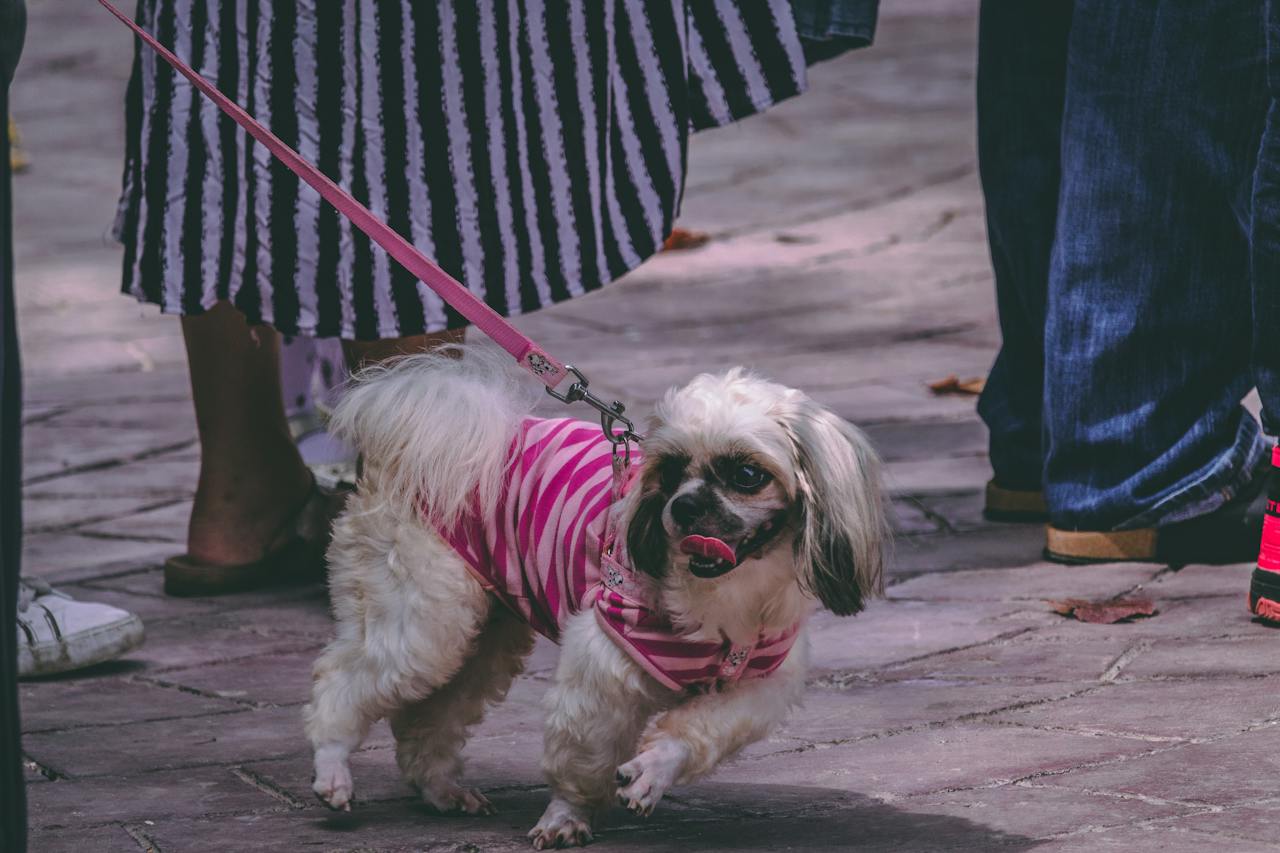How to stop your dog from pulling on the lead

Going for a walk is sometimes the most exciting part of the day for a dog. While it’s fun to see how happy your dog is to be out and about with you, it can be much less fun when the dog starts tugging at its lead, which would make any dog owner or dog walker in North London exhausted very quickly.
Luckily, there are a few tips that a you can use to keep your dog from pulling you about.
Start Training at Home
Walking the dog outside is fun and exciting, but this often makes training as you walk difficult. For this reason, it’s usually best to start training in an environment that feels safe and calm, and your house is a great place for this. Clip on your dog’s lead and walk them around the house.
If your dog looks up or back at you, reward them with praise or a small treat. This helps to enforce the idea that slowing down and looking at you is a positive thing.
Continuing to reinforce this behavior once you do leave the house will help your dog focus more on you and less on tugging on the lead. You can even carry treats to keep your dog’s attention on you.
Don’t Reward Pulling
Dogs often pull because they’re excited to get to the next place or the next interesting smell. When your dog pulls and you follow, you’re actually rewarding the dog’s behavior by allowing them to go where they want. Instead, when your dog pulls, stop walking.
You can also turn around and walk back the way you just came, encouraging the dog to come with you.
When your dog realizes that pulling gets them the opposite of what they want, the bad behavior is reduced. You can also enforce this by rewarding your dog whenever it looks back at you, stops pulling, or returns to your side.
Don’t Pull Back
When a dog pulls, it seems obvious that you should pull back. However, dogs don’t really understand this reasoning. In fact, pulling back often simply makes a dog pull even harder. Your dog will think it’s entered into a fight, and it will try to win the struggle instead of giving in, which only causes frustration. Instead, just stop and wait, and reward your dog when it stops pulling.
Offer Plenty of Exercise Before Walks
One of the reasons dogs pull on their leads is because they’re too excited to contain their energy.
Running around the yard or a park with your dog before lead training can help to wear them out a bit, which will make tugging at the lead less likely.
This will give you more opportunities for positive reinforcements. Taking the edge off of your dog’s energy also means that the dog is less likely to be distracted.
Let Your Dog Sniff
Most dogs pull because they want to go somewhere specific in order to get what they need out of their walk. For dogs, walking isn’t only about exercising and going to the bathroom.
It’s also about surveying the area, assessing new scents, and keeping an eye on what they consider to be their territory.
Although it’s important not to go where your dog wants if it’s pulling at the lead, it is important to ensure that your dog is getting the most out of the walk. When your dog is behaving, allow them to spend a few minutes sniffing where they like.
You can also ask them to do something in order to receive sniffing as a reward. Sitting calmly beside you for a few seconds before they’re allowed to sniff enforces the idea that good behavior, and a lack of tugging, gets the dog what it wants.
Avoid Distractions When Training
Dog training can sometimes be challenging, so it’s often best to start training your dog in an environment that’s as free of distractions as possible.
If your dog is in a new, busy place, the dog’s attention will be drawn away from you. You’ll be spending a lot of time correcting bad behavior and not as much time rewarding good behavior, which can make training frustrating for both you and the dog.
As mentioned above, it’s best to start lead training at home, but once you and your dog feel comfortable there, consider walking in a quiet neighborhood, or choose a time where there will be less traffic and fewer people or other dogs out.
You can gradually work up to busier areas or times as you and your dog become more comfortable. This may seem like a slow process, but in the end, the time you put in gradually training your dog will be incredibly rewarding.
